11 Tech Devices From The 70s That Paved The Way For Today’s Innovations

The 1970s was a time of remarkable technological breakthroughs that set the stage for the gadgets we rely on today.
I remember my parents talking about the early home computers they saw in the ’70s, marveling at how futuristic they seemed. At the time, they never imagined that these clunky machines would evolve into the powerful devices we use today.
Those early tech inventions were just the beginning, but they laid the foundation for the fast-paced digital world we now navigate daily.
1. Apple I
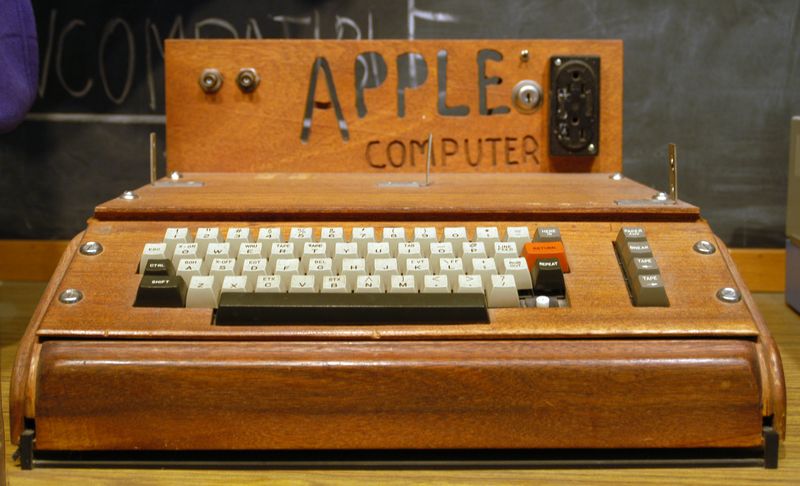
Ah, the Apple I. Launched in 1976, this was Steve Wozniak and Steve Jobs’ first baby. Built in a garage, this humble machine began the personal computer revolution. It had no casing, no keyboard, just a motherboard.
Imagine trying to send an email on that! Users had to build their own cases. Talk about DIY! With a price tag of $666.66, it was considered expensive, yet it was a game-changer.
It paved the way for Apple’s future innovations, making computers accessible.
2. Sony Walkman
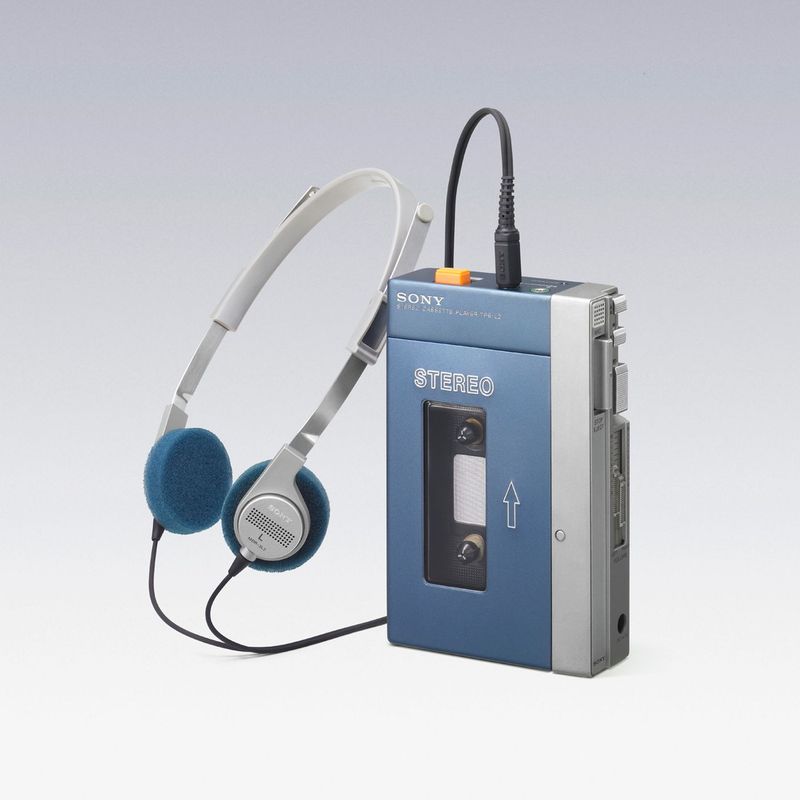
Meet the Sony Walkman. Born in 1979, it transformed how the world listened to music. Before streaming, there were cassette tapes. Pop one in and voila! Music on the go.
Gone were the days of carrying bulky tape decks. The Walkman brought a personal touch to music, letting folks escape into their own audio world.
Perfect for teenagers rebelling against disco! It was light, affordable, and a must-have accessory. This little gem sparked the era of portable music players.
3. Atari 2600
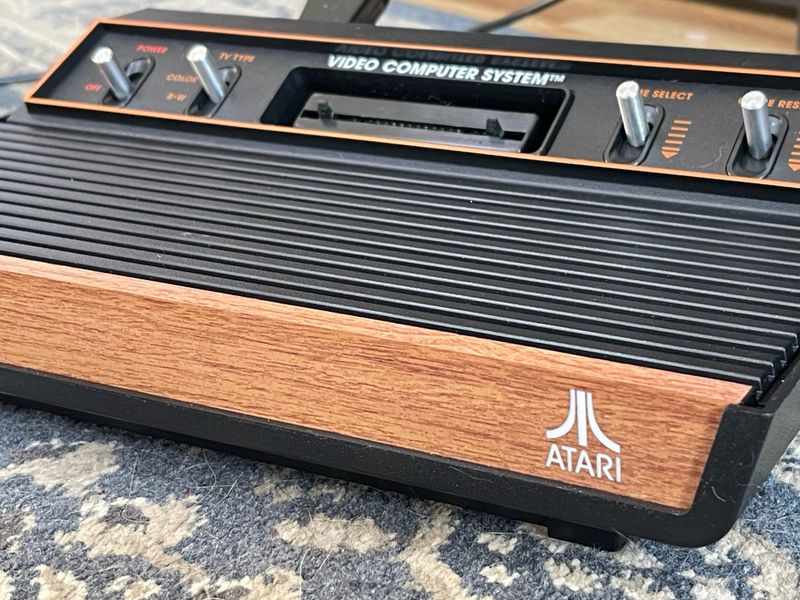
The Atari 2600, a gaming legend. Released in 1977, it changed the gaming landscape. Imagine Pong taking over your TV! With its woodgrain finish, it was classy for its time.
Games like Space Invaders and Pac-Man became household names. Parents loved it for family time; kids loved it for fun. It was affordable and built to last.
The Atari 2600 laid the groundwork for modern gaming consoles, proving that home entertainment was here to stay.
4. IBM 5100
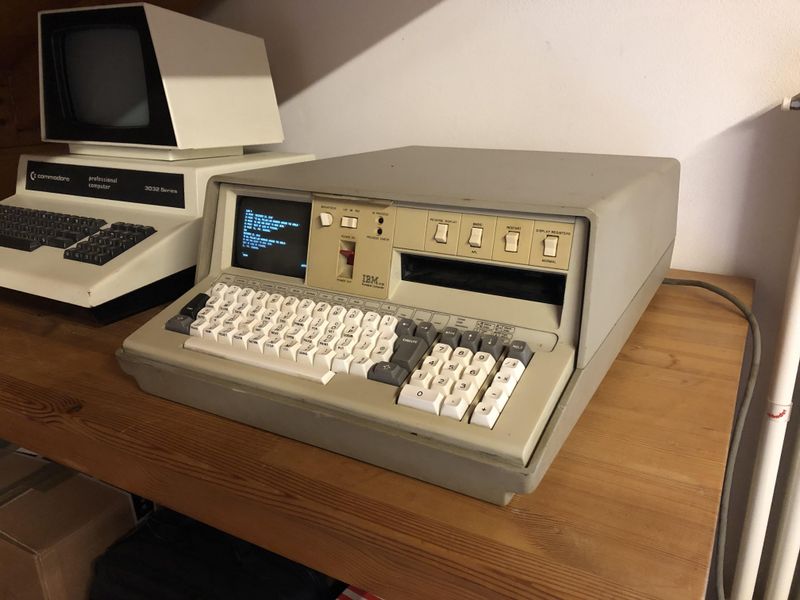
The IBM 5100, the granddaddy of portable computers. Launched in 1975, it was a beast. Weighed 55 pounds! Who needs a gym when you’ve got this?
I remember my parents talking about how impressive it was to see a computer you could actually move around—though portable was a bit of a stretch.
Portable computing was a novel idea then. It inspired the laptops and notebooks we use today. This heavyweight champion made technology mobility possible.
5. Magnavox Odyssey
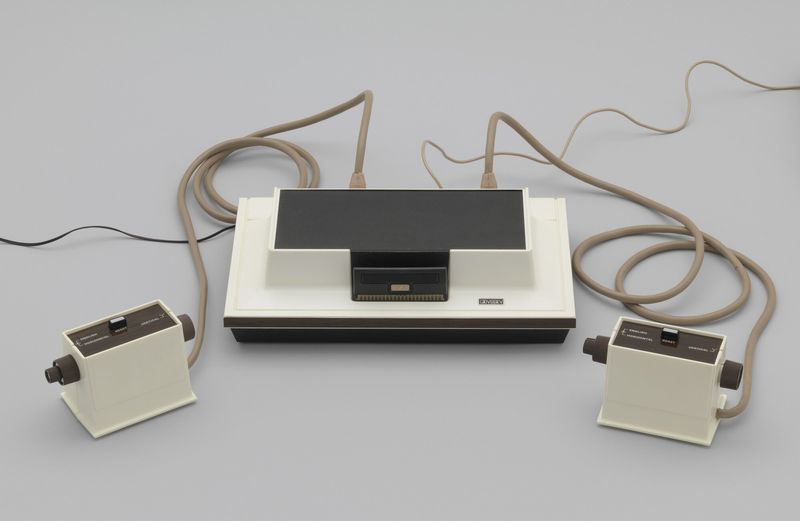
The Magnavox Odyssey, the first home video game console. Released in 1972, it was a pioneer. No sound, no color, just pure gaming. Simple yet addictive.
Players used plastic overlays on their TV screens. Talk about creativity! It was an expensive novelty but laid the foundation for future consoles.
Families enjoyed evenings huddled around it. This groundbreaking device planted the seed for the booming video game industry we know today.
6. HP-65 Handheld Calculator
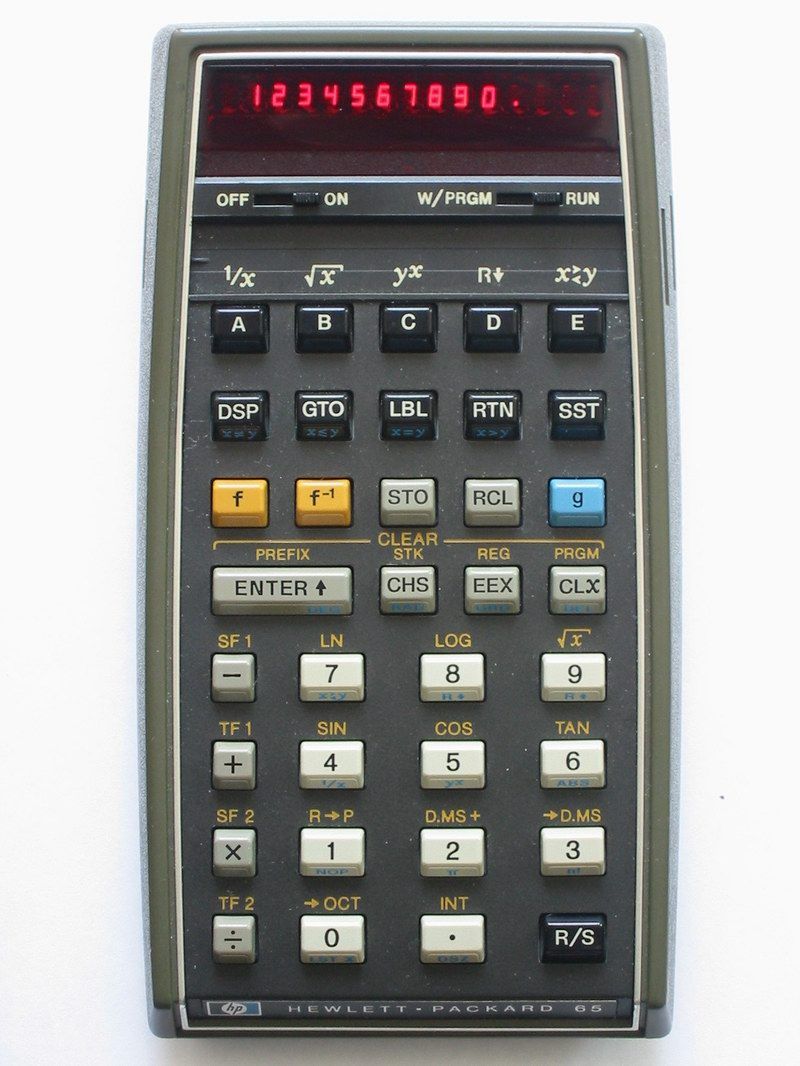
The HP-65, the world’s first programmable handheld calculator. Introduced in 1974, it was a math wizard’s dream. Fits in your pocket—barely!
It could store programs on magnetic cards. Say goodbye to slide rules! Scientists and engineers adored it. It was pricey but invaluable.
NASA even used it for calculations in space. This little gadget was a precursor to today’s smartphones. Who knew math could be so cool?
7. Polaroid SX-70
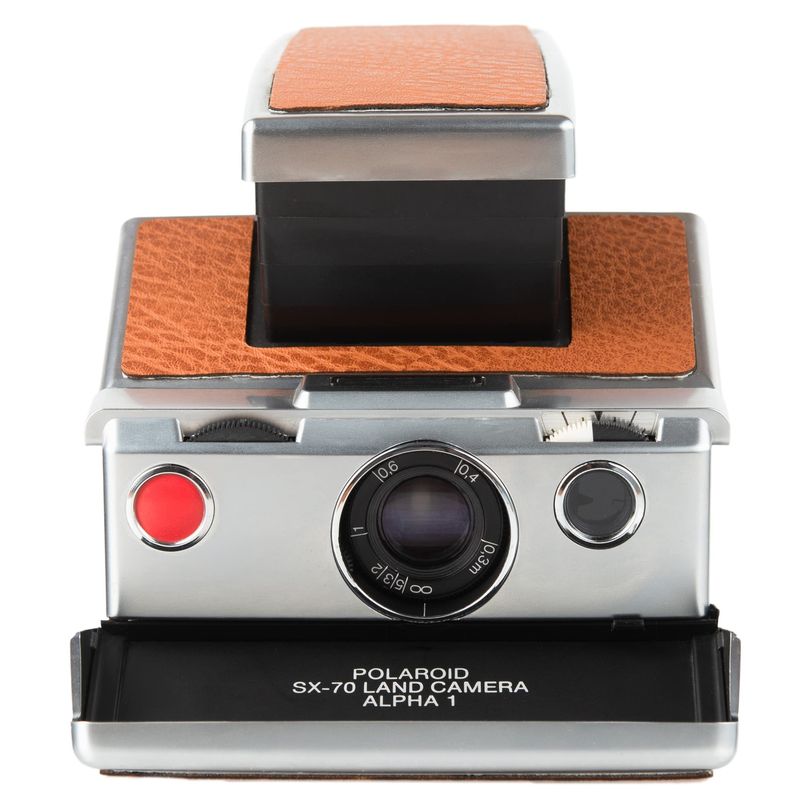
Behold the Polaroid SX-70. Unveiled in 1972, it was magic in a camera. Snap a photo, and watch it develop instantly. No waiting, no fuss.
I remember my parents telling me how exciting it was to watch a picture appear right before their eyes. Perfect for capturing memories on the fly, it was sleek, foldable, and chic. Photographers quickly fell in love.
This innovative camera turned photography into an instant art form. It remains a beloved piece of nostalgia, inspiring today’s instant photo printers and apps.
8. Commodore PET
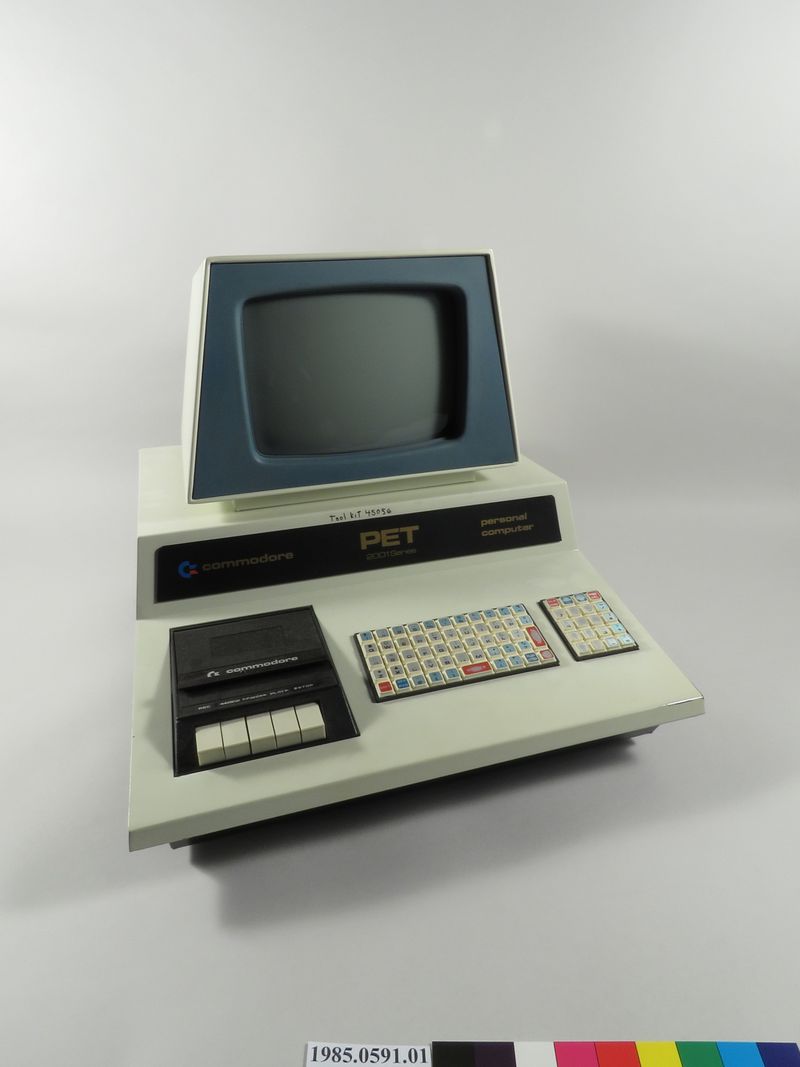
The Commodore PET, a classroom hero. Released in 1977, it was an all-in-one marvel. Had a monitor, keyboard, and tape drive in one box.
It was a budget-friendly option for schools, making computing accessible to students. Teachers loved its simplicity. It wasn’t flashy, but it got the job done.
The PET laid the groundwork for computers in education. This friendly giant showed that technology was for everyone.
9. Motorola DynaTAC
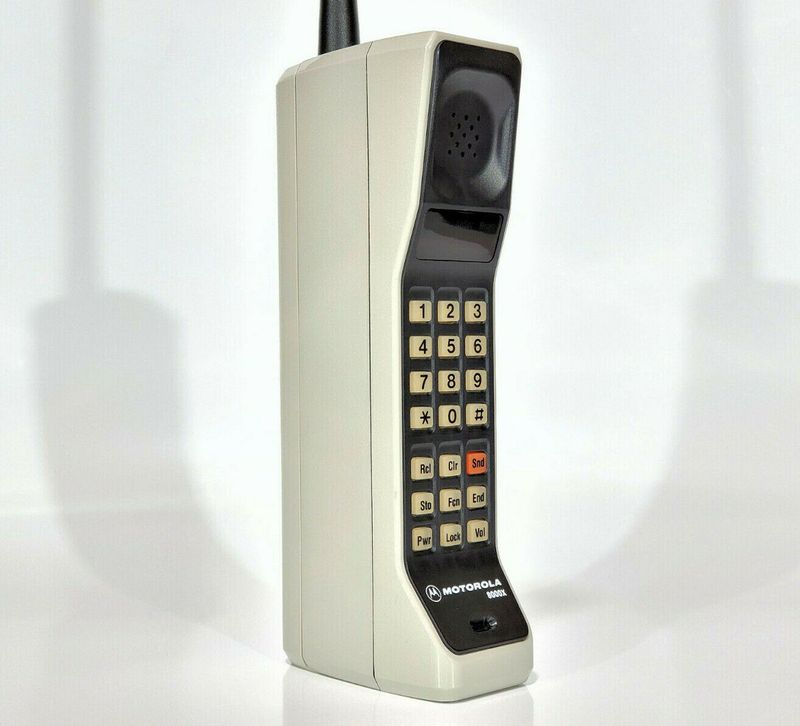
Say hello to the Motorola DynaTAC, the world’s first mobile phone. Debuted in 1973, it was a brick. Literally! Heavy and expensive, yet revolutionary.
I remember hearing my parents talk about their first experience with one of these giant phones. It didn’t fit in pockets, but who needed pockets then? It was the ultimate status symbol for busy executives and innovators always on the go.
With a short battery life, it may not have been practical, but it marked the start of mobile communication. This massive phone paved the way for the sleek smartphones we can’t live without today.
10. JVC HR-3300
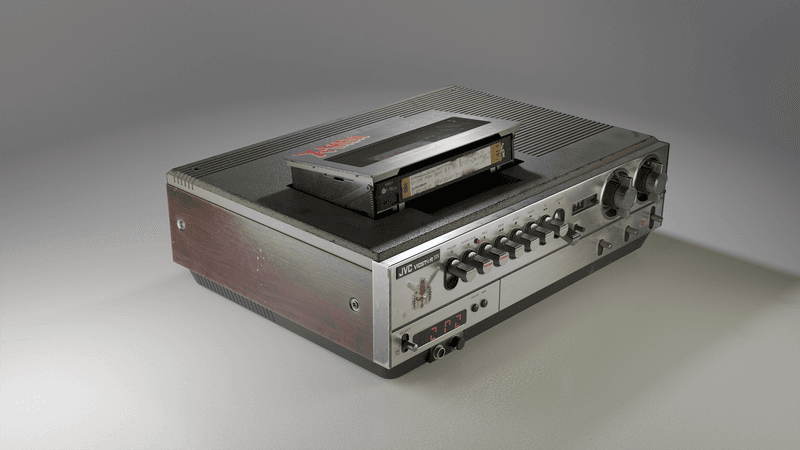
The JVC HR-3300, a VCR pioneer. Launched in 1976, it changed TV forever. Recording shows? Unheard of! Let’s binge-watch!
Families could watch what they wanted, when they wanted. It was bulky but oh-so-convenient. No more missing episodes.
The HR-3300 brought cinematic magic into living rooms, paving the way for home video entertainment. This marvel led to DVDs, Blu-rays, and streaming services.
Who knew tape could be so entertaining?
11. Texas Instruments Speak & Spell
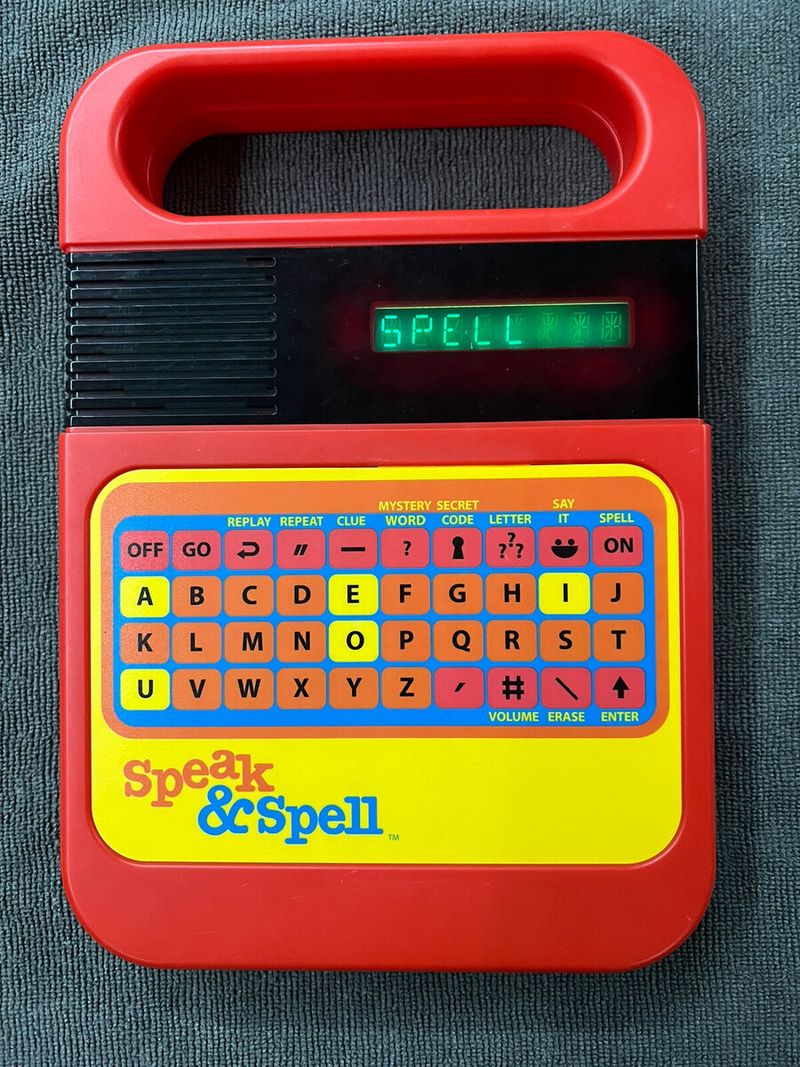
Texas Instruments Speak & Spell, the educational toy sensation. Released in 1978, it made learning fun. Spelling lessons turned into playtime.
Bright, colorful, and engaging, it spoke words aloud. Kids loved it; parents approved. It was the future of electronic learning toys.
The Speak & Spell inspired generations of educational gadgets. This playful tool showed that technology could educate and entertain. A classic that left a lasting legacy in learning.
